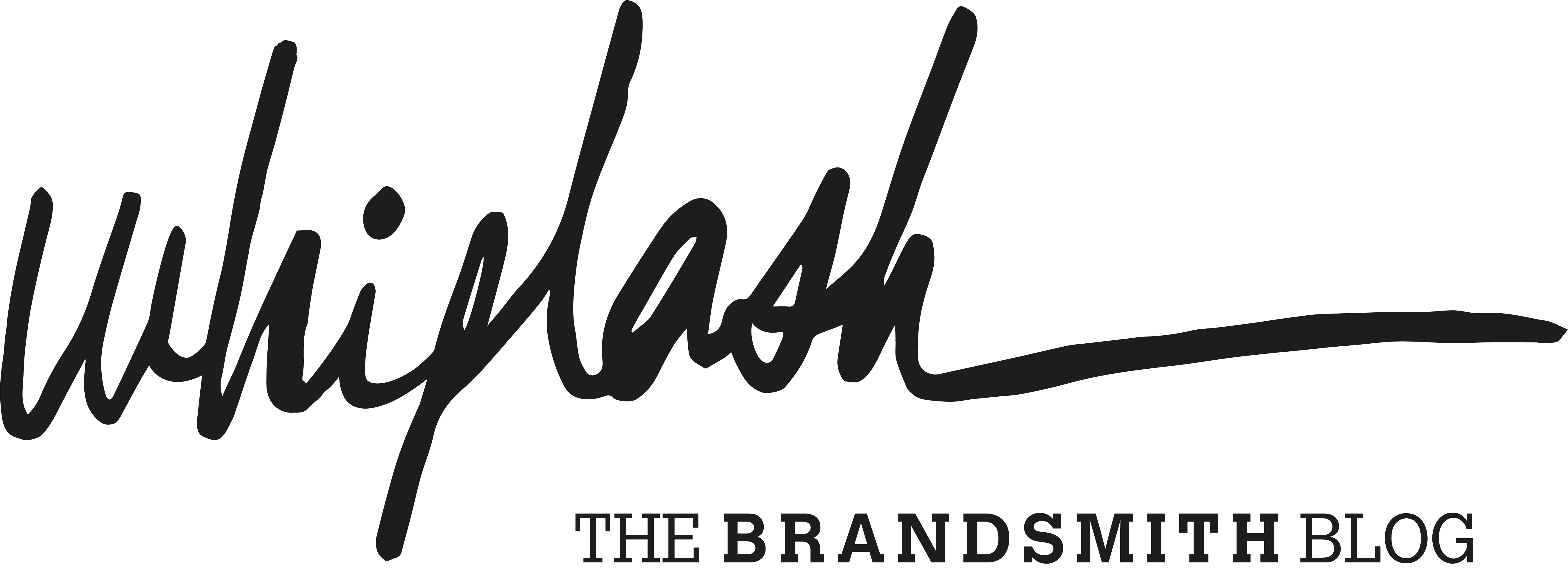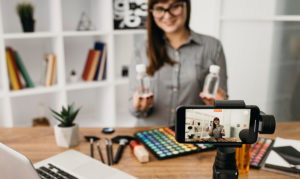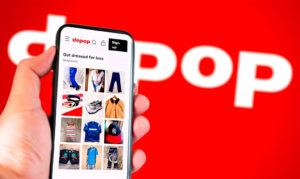Whiplash Team, February 14th 2025
Graphic design in 2025: Creativity Without Limits
Designers have the power to transform how we perceive the world. This year, with more advanced tools and a more human-centered approach, they are ready to break barriers and redefine the aesthetics of the future.
Graphic design has always reflected its time: a fusion of art, technology, and culture. In 2025, the creative landscape is reinventing itself with trends that challenge the status quo, merge the digital with the human, and take visual expression to new heights. Where are we headed? These are the key trends shaping design this year.
Augmented creativity: AI as the designer’s ally
Artificial intelligence has evolved from being just a tool to becoming a source of inspiration and experimentation. Today, designers work with AI to streamline processes, test new ideas, and bring to life concepts that once seemed impossible creating more dynamic, personalized, and astonishing designs.
But it’s not just about automation; it’s about expanding creative horizons.
Platforms like Canva have integrated AI-powered features that allow users to generate custom designs intuitively, optimizing the creative process.
Many brands are incorporating AI into their creative strategies. Stradivarius, for example, uses AI to analyze trends and consumer preferences to create virtual collections.
3D Design: Depth, realism, and tactile sensations
3D continues to break boundaries in graphic design, bringing images to life with stunning realism. From advertising campaigns to digital interfaces, three-dimensional effects immerse us in visual experiences that seem to leap off the screen.
This year, the fusion of the physical and digital will intensify. Designers are experimenting with materials, shadows, and lighting to create almost tangible sensations, drawing users into a world where visuals are not just seen but felt.
Nike, for example, has incorporated 3D models into its advertising campaigns, creating images that appear almost touchable and capture the viewer’s attention.
Maximalism: More is more —and better if it’s vibrant
Minimalism, with its clean and subdued aesthetic, has dominated design for years. But in 2025, maximalism takes center stage, embracing bold colors, expressive typography, and compositions that challenge traditional rules.
This approach celebrates controlled visual chaos—striking patterns, bold illustrations, and an explosion of elements that demand attention.
Brands like Gucci have embraced this aesthetic in their campaigns, using intricate patterns and a rich color palette to create lush and dynamic visuals.
Typography as art: When letters tell stories
In 2025, typography breaks free from its constraints and become a storytelling element. Letters distort, move, and defy conventional readability to convey emotions beyond the meaning of words.
We will see custom fonts, unexpected combinations, and layouts that transform text into an immersive visual experience. Typography is no longer just a vehicle for information; it becomes the heart of design.
A notable example is Burger King’s rebranding campaign, where retro, bold fonts evoke both nostalgia and modernity simultaneously.
Sustainable design: Creativity embracing environmental awareness
Graphic design not only communicates messages but also reflects values. And in a world where sustainability is more urgent than ever, brands and designers are embracing more responsible practices.
This translates into the use of recycled materials, nature-inspired colors, eco-friendly printing techniques, and an aesthetic that connects with authenticity and respect for the planet.
McDonald’s has redesigned its packaging using recycled materials and visuals that reflect a commitment to sustainability, aligning its visual identity with ecological values.
Inclusive design: Representing everyone
Visual images and messages have a profound societal impact, and graphic design in 2025 recognizes this more than ever. Inclusion is no longer optional—it’s a fundamental principle.
Creatives strive to reflect diversity in all its forms: color palettes accessible to people with color blindness, easy-to-read typography, and characters representing different cultures, ages, and abilities.
Animation and storytelling: Designs that come to life
Static images are no longer enough. Animation has become a key tool for storytelling and capturing attention within seconds. From micro-interactions in apps to social media ads, movement adds emotion and depth to graphic design.
This year, brands will embrace animated narratives that connect with audiences more engagingly. Even logos are adopting motion.
Data turned into art: Impactful infographics
The way information is presented is becoming more creative and visually appealing. Interactive graphics, stunning diagrams, and illustrations that turn numbers into visual art are part of this transformation.
Data is no longer presented rigidly and monotonously. Instead, it is designed as visual experiences that capture attention and make information easy to digest.
Design without limits
In 2025 graphic design is experiencing one of its most exciting eras. Trends are leading us toward an unprecedented exploration where technology, creativity, and an increasing awareness of sustainability and inclusion intertwine—creating a visual language richer and more powerful than ever.




